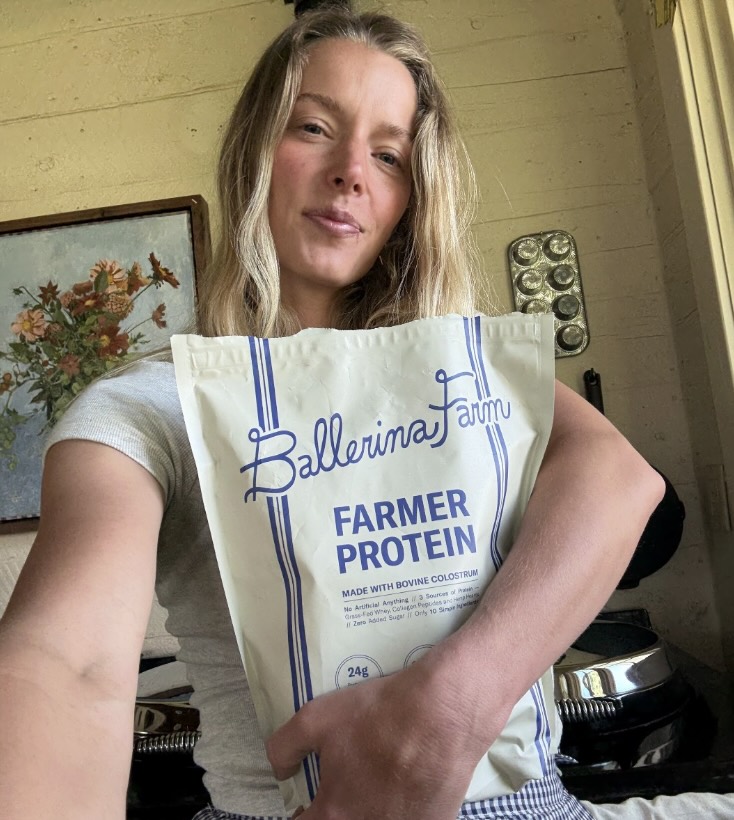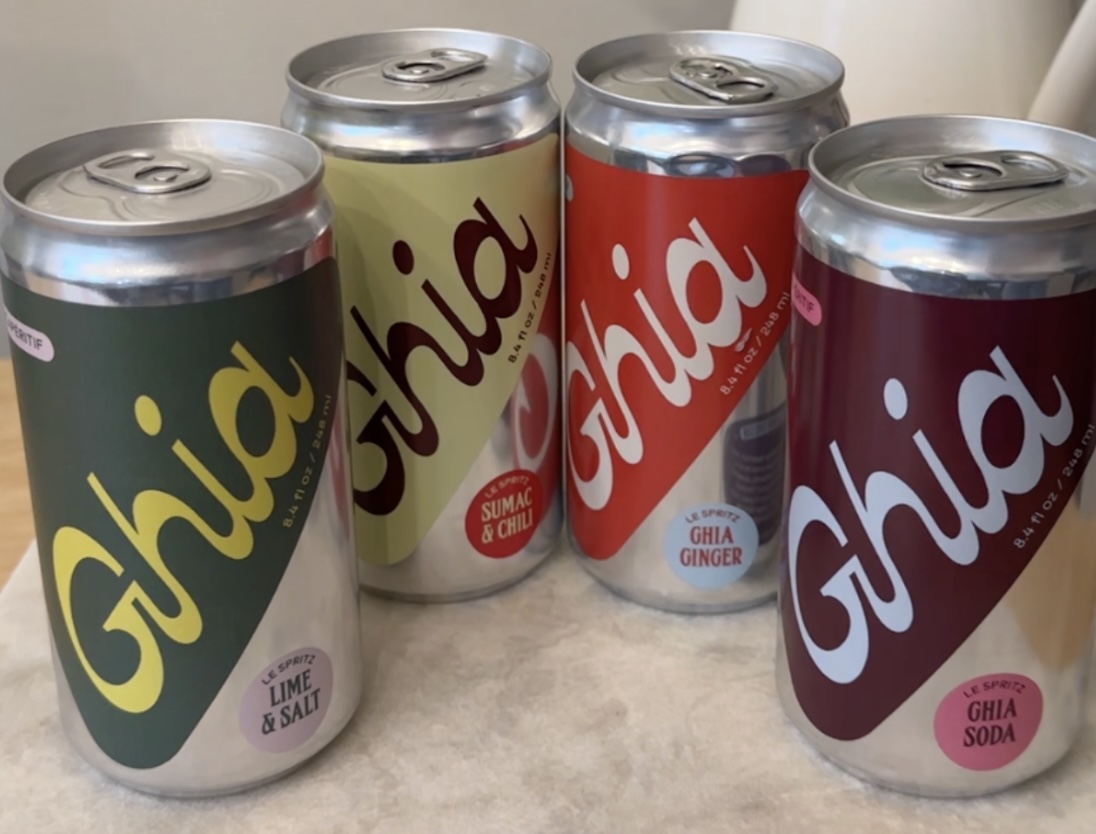Our editorial team is independent and only endorses products we believe in. Our team is dedicated to finding and telling you more about the web’s best products. If you purchase through our links, we may receive a commission.
Until recently, here in the States, sherry has always been synonymous with cooking wine, a dowdy relic you'd sooner find in your parents' kitchen cabinet than on a curated wine list. But Americans are finally doing what Spaniards have done for years: cozying up at crowded tables to enjoy a manzanilla with their bar snacks.
Yes, the sherry revolution is here, if the rapturous reception of Brooklyn's Place des Fêtes and Los Angeles' Barra Santos are any indication. As an LA local, I've enjoyed quite a few golden hours at Santos in the past few months, nibbling on Portuguese-inspired small plates while tasting my way through the sherry menu. That's largely because, as confident as I usually feel ordering cocktails or wines by the glass, I'm a complete novice when it comes to the sherry game. But after seeing how beautifully it paired with foods both savory and sweet, I was determined to learn enough to start stocking up on some bottles at home.
Graciously, Barra Santos' wine director Evelyn Goreshnik took me on a deep dive, imparting tons of great tips on when and how to enjoy each style of this underrated fortified wine. So whether you're uninitiated or ready to relive the highlights of your trip to Andalusia, consider this a guide for working sherry into your go-to beverage rotation.
We like
We don't like

KEEPING IT LIGHT: FINO SHERRY
When talking about sherry, everyone starts with fino: the driest and most classic of its different varieties. It's bottled the earliest, when the wine hasn't been exposed to oxygen for as many years, leaving its signature pale color and delicate taste of almond. El Maestro Sierra Fino ($24.99) is a fantastic example, a light, crowd-pleasing bottle that goes perfectly with savory appetizers. It's a match made in heaven with nuts, olives, salty cheeses and cured jamon, making it an ideal pour before your guests even reach the dinner table.
But I'm also a huge fan of using fino in the right cocktail. As a lover of almost any drink that calls for equal-parts ratios, since it's truly impossible to screw up the math, The Bamboo is a current favorite of mine: 1.5 ounces of fino sherry and 1.5 ounces of dry vermouth (like Dolin). The addition of bitters and a lemon twist play off of dry vermouth's floral qualities, rendering a nicely balanced cocktail from two unexpected pinch-hitters.

THE CLOSE COUSIN: MANZANILLA
Though usually positioned as the next step up from fino on the gradient towards fuller, sweeter sherry, manzanilla is often simply a type of fino produced further towards the coast. When it comes to legal distinctions between the two, geography is the key difference, and you'll immediately taste that seaside terroir in manzanilla's hint of salt. It's not a shock, then, that it's almost always paired with seafood. Anchovy toasts, shucked oysters, smoked salmon, octopus: they're all going to go pretty flawlessly with manzanilla, as will lighter veggies.
I really enjoy the "Solear en Rama" Manzanilla ($22.99) from Bodegas Barbadillo, a producer that's been around since 1821. Based in the coastal Spanish town Sanlúcar de Barrameda, the veritable heart of manzanilla production, they make a classic product with contemporary twists (like leaving the bottles unfiltered).

MIDDLE GROUND: AMONTILLADO AND OLOROSO
The next two varieties, amontillado and oloroso sherry, are exposed to more oxidation as well as fortified to a higher ABV. While fino and manzanilla typically clock in between 15-17% alcohol by volume, amontillado ranges from 16-22% and oloroso from 18-20%. In that way, they start to resemble a liqueur more than a glass of unfortified wine, especially given their richer colors of amber and even dark brown,
An amontillado like Valdespino's Contrabandista ($23.94) is rich and nutty, but not as full as an oloroso like Bardadillo's San Raphael ($26.98). Both are fantastic for pairing with entrées however: the former with lighter proteins like chicken or duck, and the latter for pork, beef, and other red meats. The age-old wisdom is: "If it flies, drink amontillado. If it walks, drink oloroso." But if you're going meat-free, it really comes down to preference. Even the lighter amontillado plays well off of a "meatier" veg like mushrooms.

SOMETHING SWEET: PEDRO XIMÉNEZ
Made from the grape that goes by the same name, Pedro Ximénez sherry is unquestionably a dessert wine. It's even subjected to an air-drying process before fortification to allow the sugars to concentrate even more intensely. So as someone who's always tended towards amaro after dinner, craving bitter digestifs in lieu of something cloying, I naively wrote PX off as Simply Not My Thing.
But that was before I visited Santa Ynez's Bar Le Cote, a spectacular seafood restaurant inspired by European coastal cuisine. Given their sherry-stocked menu, their signature dessert shouldn't have surprised me: a scoop of vanilla ice cream with 25-year aged Pedro Ximénez poured over top. But I'm not exaggerating when I say it's one of the best desserts I've ever had. It was so good in fact, that I threw a dinner party the week after I got home just to serve that to my friends. BLC pours Barbadillo's PX ($16.99), but I was just as happy with the El Maestro ($18.99) I was able to find at my local wine shop. Once it's poured over some vanilla, you're in heaven either way.
RAISE A GLASS
While there are still a few types of sherry I haven't touched on – palo cortado, cream sherry – the above recs are a killer start for kicking off your journey. Especially with temps rising and our appetites moving more towards lighter, brighter dishes, sherry will open up a whole new world of food pairings while tasting fab all on its own. You don't need to hop on that flight to Lisbon to get a taste of fortified excellence.
But if these bottles inspire a sherry pilgrimage, you can thank me later.

























